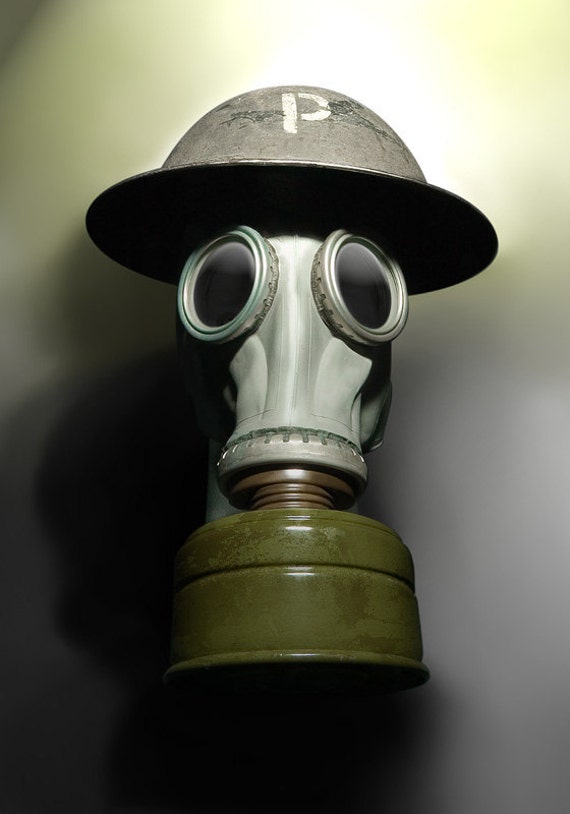
Our blog covers a diverse range of interests, ensuring that there's something for everyone.

That's why we stand out by providing well-researched, high-quality content that educates and entertains. We understand that the online world can be overwhelming, with countless sources vying for your attention. Filters with a red "Gy" and line are training filters (Hungarian: Gyakorló).Step into a realm of limitless possibilities with our blog. Main article: 27M filter The filter was the same as the 18M however all were refilled. The carrying canister was the same as on the 17M. marking is still visible on the metal mould. One only with Hungarian markings and one with the K.u.K. The harness is 6 pointed and not adjustable, but the straps are rubberized. This causes that the user has to blow out the air hard. The valve is in a metal house, the intake is the exhale valve too. Due to lack of Tissot-tube system and antifog inserts, the cheeks were designed bigger so the user could wipe off the fog with them. The eyepieces are in metal assemblies, a bit more modern than that on the GM15 because now it has anti-fog insert fixing ring. Just like the GM15 and M.17/17M it is made of rubber-coated grey colored canvas. The first "Hungarian" mask after the First World War. Magyar Királyi Honvédség (Hungarian Royal Army) Rumours say that it was used by Yugoslavia and Poland as well. Young Czechoslovakia started to use it as one of the first mask in their army till the Vz.23 was designed. Hungary used it as 18M (not to confuse it with the Austro-Hungarian used GM17) and all previously mentioned filters were called 18M. In 1927 all were modernised to be a 27M. After the Austro-Hungarian Empire collapsed in 1918 the countries established or broke away continued to use the mask. The M.17 and 17M designation can be used for both Austrian made GM15 masks and German-made GM15 masks as both were used alongside each other. The production started in Austria around 1916 but the factory is unknown. The Austrian-made ones had later variants which could protect better against Hydrogen cyanide, the letters were framed on those. First, the mask was used with German-made 11-C-11 filter and later with Austrian-made N-D, S-N-D and S-N-S filters which were the same as the 11-C-11. The filter comes in a light grey painted cylindrical canister. marking and has different updated eyepieces, this later variant uses the same shape of facepiece as the GM17. stamps and GM15-styled eyepieces and one with the impressed metal stamp K.u.K. Due to lack of Tissot-tube system and antifog inserts, the cheeks were designed bigger so the user could wipe off the fog with them but these "wiping wrinkles" are much smaller than on the GM15. The celluloid eyepieces are in metal assemblies. The facepiece is made of rubber-coated pale grey colored canvas. The M.17 or 17M, depending on the language is the direct Austro-Hungarian copy of the GM15, but the same designation can be used for the imported GM15 masks as well. It was called as Stoffmaske (cloth mask), Gummimaske (Rubber mask) or Rahmenmaske (Frame mask). Most of these masks were used in action during the gas attacks on the Italian front at the battlefields of Isonzo and Doberdo.

stamps on the left side of the facepiece and on the valve and the size number are under the manufacturing date. used GM15 masks differed from the GM15 were the K. K., in Hungarian: Császári és Kiályi Hadsereg) to complete the protection of the soldiers beside of the rebreathers and M.15/15M masks. Juni 1916) by the Austro-Hungarian empire the masks were bought from Germany and were issued to the army (in Austrian: Kaiserlich und Königlich Landwehr, shortened version: K. Prior to the Monte San Michele gas attack (29. Kaiserlich und Königlich Armee (Austro-Hungarian Royal Army) The US Navy Gas Mask, Mark I (Mouth Canister Type) mask is the direct copy of the mask. The first masks were made from the coverage of a downed French airship called Alsace.


 0 kommentar(er)
0 kommentar(er)
